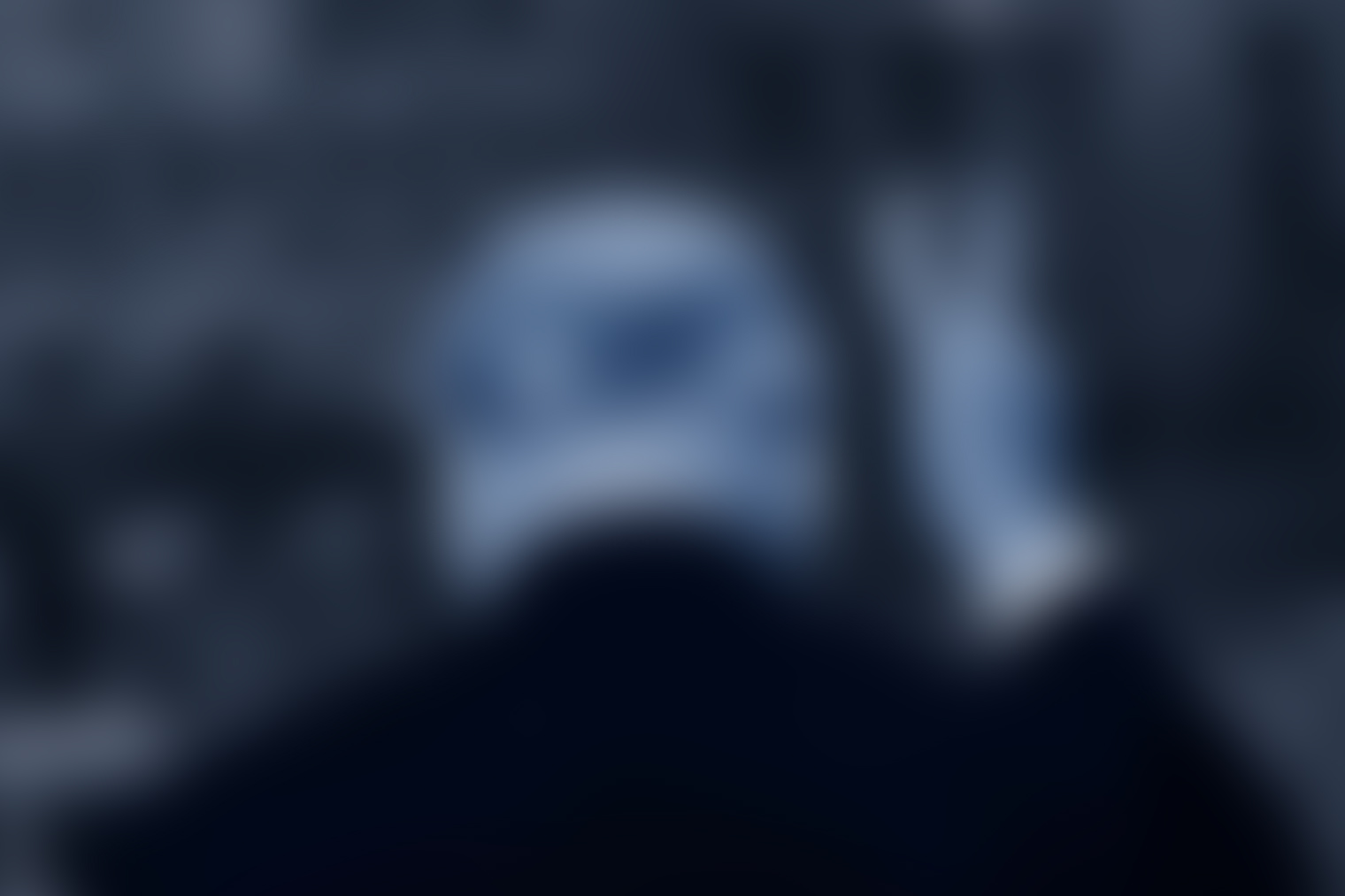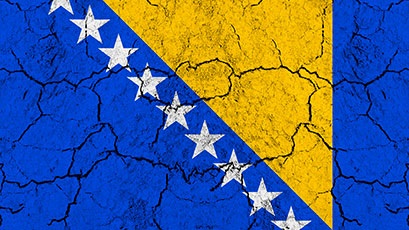Asset Publisher

Reconciling Europe with itself
The Strasbourg Summit – October 1997
Jacques WARIN

It was Friday 10 October 1997. I was sitting in the front row of the Assembly Chamber in the Palais de l’Europe beside the French Minister for European Affairs, Pierre Moscovici, listening to Jacques Chirac deliver the opening address at the 2nd Council of Europe Summit. I was feeling a sense of satisfaction: after months of relentless efforts, the event we had all been waiting for was getting under way!
For me, it had all started six months earlier, when I arrived in Strasbourg on 20 April 1997. After a 31-year career at the Ministry for Foreign Affairs, during which I had built up sound experience of multilateral diplomacy at the United Nations (firstly in Geneva and then in Rome, as Ambassador to the Food and Agriculture Organization-FAO), my appointment as Permanent Representative of France to the Council of Europe presented an interesting challenge because looming on the horizon were not only a French chairmanship of the Committee of Ministers but also – and above all – the prospect of the Organisation’s 2nd Summit, four years after the one in Vienna. From contacts with my predecessor, Michel Lennuyeux-Comnène, I knew that the decision to hold the summit had been taken at the highest level, following intensive lobbying by the French delegation to the Parliamentary Assembly of the Council of Europe, chaired by Philippe Séguin, and in spite of reluctance on the part of the Quai d’Orsay. In the end, the “department” had made the best of things and taken up the proposal, and it was the Minister for Foreign Affairs himself, Hervé de Charrette, who came to the 100th session of the Committee of Ministers on 5 May and presented a set of proposals divided into two parts (a declaration and an action plan) forming the “menu” for the future summit.
The summit came during a very busy period in Europe, with several meetings at the highest political level.
The first was the Lisbon Summit (2-3 December 1996), at which the heads of state and government of the 54 OSCE member countries came together and adopted a “Declaration on a Common and Comprehensive Security Model for Europe for the Twenty-First Century”.
The second was the Amsterdam European Council meeting (16-17 June 1997), which was to adopt a new treaty for the European Union, adapting and supplementing the one agreed in Maastricht in December 1991.
The third summit meeting was in Madrid on 8 and 9 July 1997, at which the leaders of NATO’s 16 member countries had to decide which and how many of the 10 applicant countries from central and eastern Europe would be invited to join the Atlantic Alliance and when.
Then on 10 and 11 October 1997 in Strasbourg it was the Council of Europe – the only European organisation whose enlargement to central and eastern European countries was largely completed rather than still to come – which had to take stock of the spectacular changes that had seen it expand from 23 to 40 member states between 1990 and 1996, so as to define its new priorities for action as the organisation of “Greater Europe”.
And lastly, it was again the European Union-15 which, at the Luxembourg European Council meeting on 12 and 13 December 1997, had to take the appropriate decisions concerning the enlargement of the European Union to the 10 central and eastern European candidate countries, as well as Cyprus and Turkey.
A “new European order”
The year of five summits, seven years after the fall of the Berlin Wall and five after the break-up of the USSR, was to lead to a “new European order” and to clarify the respective roles of the main players operating in Europe. A new aspect was that, without actually achieving transparency, the negotiations were taking place in a more politicised atmosphere and with greater media coverage than previously. Following the referendums held in France and Denmark on the Maastricht Treaty, Europe’s peoples were taking an increasingly close interest in the decisions made on their behalf and, no matter how enlightened they were, their leaders had less and less leeway to act as they saw fit in the international arena.
Initially, however, Europe dropped off my radar screen because the poker trick attempted by President Chirac and his Prime Minister, Alain Juppé, with the surprise dissolution of the National Assembly, ended in a resounding failure, and the left returned to power in France with Lionel Jospin at the helm! This political change did not have much impact at international level and the prospects traced out before June 1997 remained unaltered.
If you wish to continue your reading, you may buy the book "Europe: a human enterprise".
Jacques WARIN
Jacques Warin graduated from the Institut des études politiques de Paris in 1960 and attended the Ecole Nationale d’administration from 1963 to 1966. A diplomat by profession, he served as Ambassador to France, Permanent Representative to the FAO in Rome from 1988 to 1992, Consul General in Milan from 1994 to 1997 and Permanent Representative to the United Nations in Geneva from 1984 to 1988. He was France’s Permanent Representative to the Council of Europe from 1997 to 2002.




